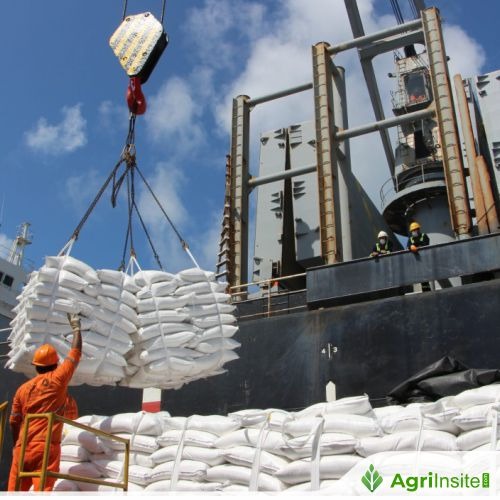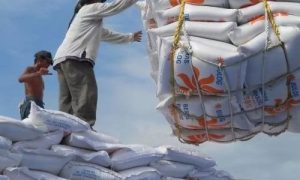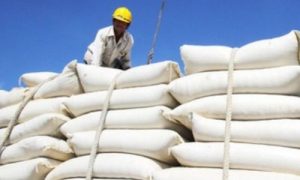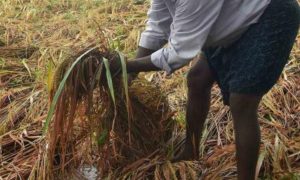India Eyes Export Windfall as Bangladesh Rushes to Import Rice Amid Crop Concerns

Bangladesh plans to import 0.9 million tonnes of rice amid fears of flood damage, offering a major export opportunity for India. Indian rice prices have already surged, benefiting MSMEs in rice-producing states. With proximity and price advantage, India is well-positioned to meet the demand and strengthen regional food security.
As monsoon unpredictability looms large over South Asia, India’s rice exporters are finding themselves in a sweet spot. Bangladesh, facing the threat of excessive rainfall damaging its newly sown rice crops, has floated a massive tender to import nearly 0.9 million tonnes (MT) of rice, opening up fresh and significant export prospects for India.
Scheduled for August 7, the tender will allow 0.4 MT to be imported through government agencies and another 0.5 MT by private traders. This early move by Bangladesh, which usually starts importing after August, signals an urgent need to secure food reserves ahead of any potential crop loss.
Indian Exporters Gearing Up
India, already the world’s largest rice exporter with over 40% share in the global market, is expected to capture a significant portion of this new demand. The reason? Competitive pricing, proximity, and a freight advantage that few can match.
“Bangladesh’s move is already having a ripple effect. Domestic prices of non-basmati varieties like Swarna, Miniket, and Sona Masoori have surged 8–10% in recent weeks,” said Suraj Agarwal, CEO of Villa Group, a leading rice exporter to Bangladesh.
According to rice processors, prices have risen sharply, from ₹32/kg for Swarna to ₹45/kg for Miniket and Sona Masoori, showing a 7%–13% increase in just a few weeks.
A Golden Opportunity for Rice Belts
Indian states like West Bengal, Jharkhand, Andhra Pradesh, Odisha, and Bihar, the main hubs for the targeted rice varieties, are expected to lead the exports. These states house thousands of MSMEs in rice milling, polishing, and packaging, which are likely to benefit from the surge in demand.
“This could mean a revenue jump for hundreds of MSME processors, traders, and logistics operators in India’s rice belt,” said V Krishna Rao, president of the Rice Exporters’ Association. “With a good monsoon outlook and surplus production, India is more than ready to meet this demand.”
A Cautious Bangladesh
Despite being one of the world’s largest rice producers, with a projected output of 37.55 MT for 2025–26, Bangladesh is hedging against possible crop losses. July and August saw abnormal rainfall patterns, raising fears of flooding in key cultivation zones.
In FY25 alone, Bangladesh imported 1.3 MT of rice, the second-highest on record, while India accounted for 0.8 MT of those imports, roughly 5.5% of its total non-basmati shipments. This is down from 1.62 MT in FY22, when Indian exports made up 10% of the non-basmati volume.
What This Means for India’s Rice Ecosystem
For India, this development is more than just another export boost. It’s a reminder of the country’s strategic importance in South Asia’s food security network. With climate volatility becoming the new norm, regional trade partnerships like this one are likely to intensify.
And for the thousands of small rice millers, packagers, and transporters across India, many operating under the MSME banner, this moment represents both a challenge and an opportunity: to scale up, stay competitive, and continue feeding a region hungry for stability.
As tenders open and the exports roll out over the next six weeks, all eyes will be on the eastern borders, and on the humble grain that continues to shape economies and livelihoods alike.
To Read more about Rice News continue reading Agriinsite.com
Source : SME Street
















